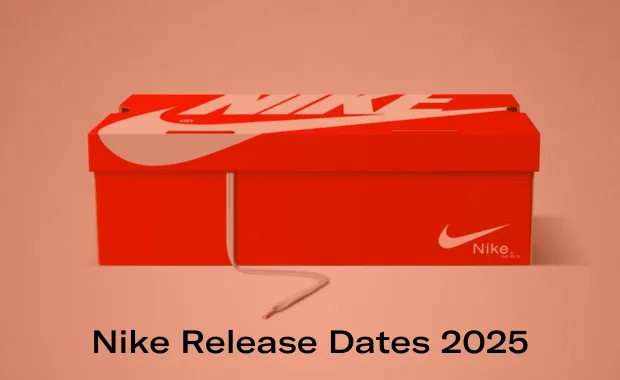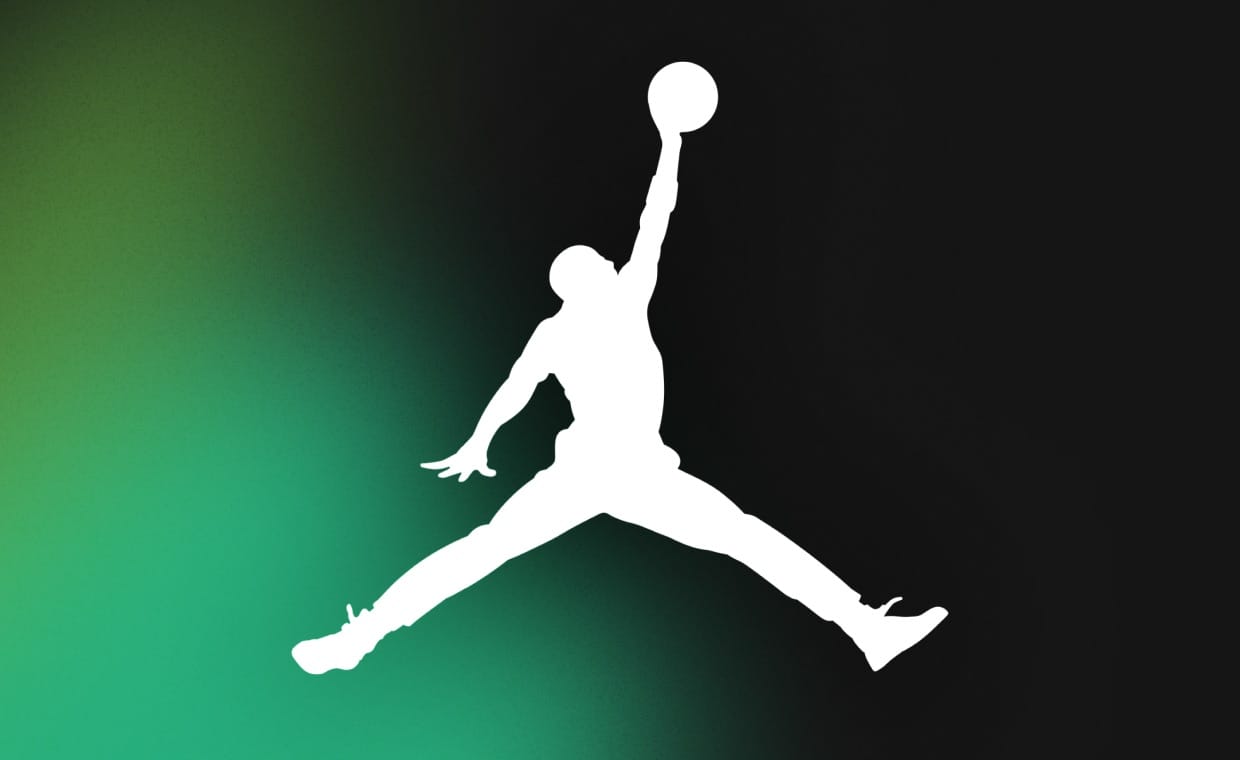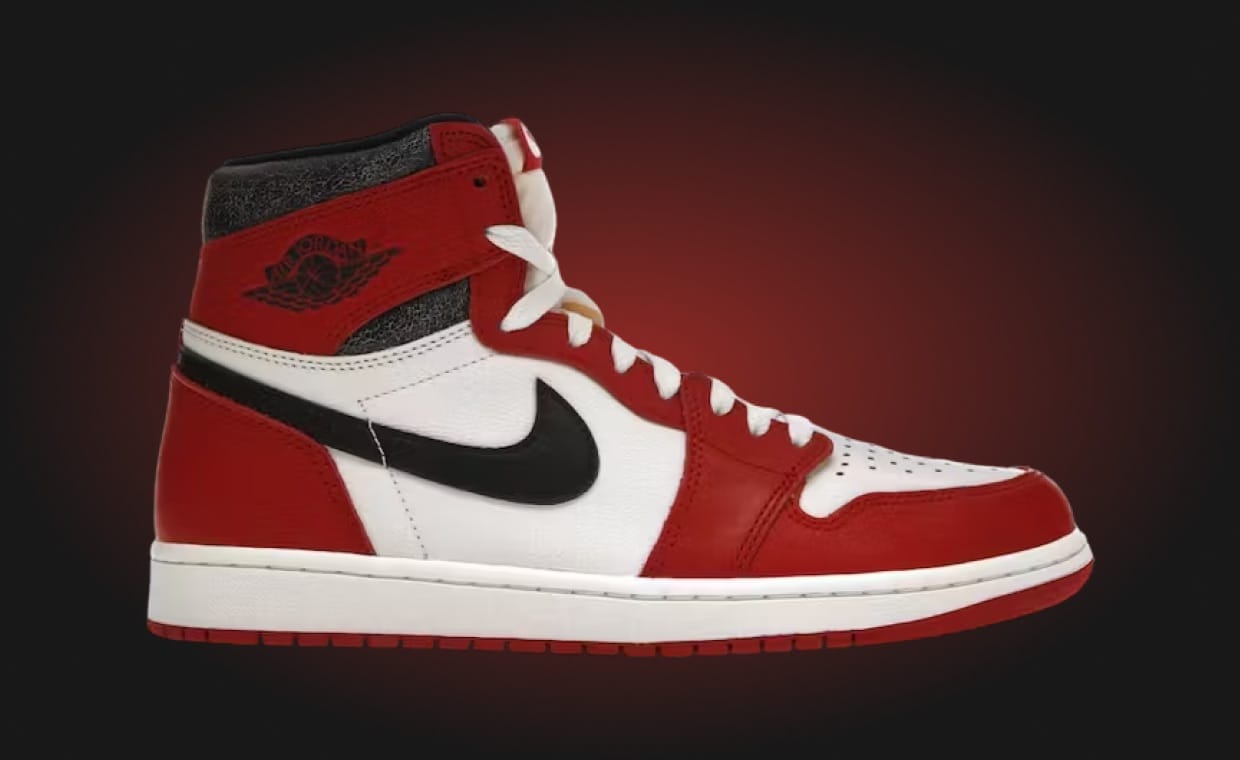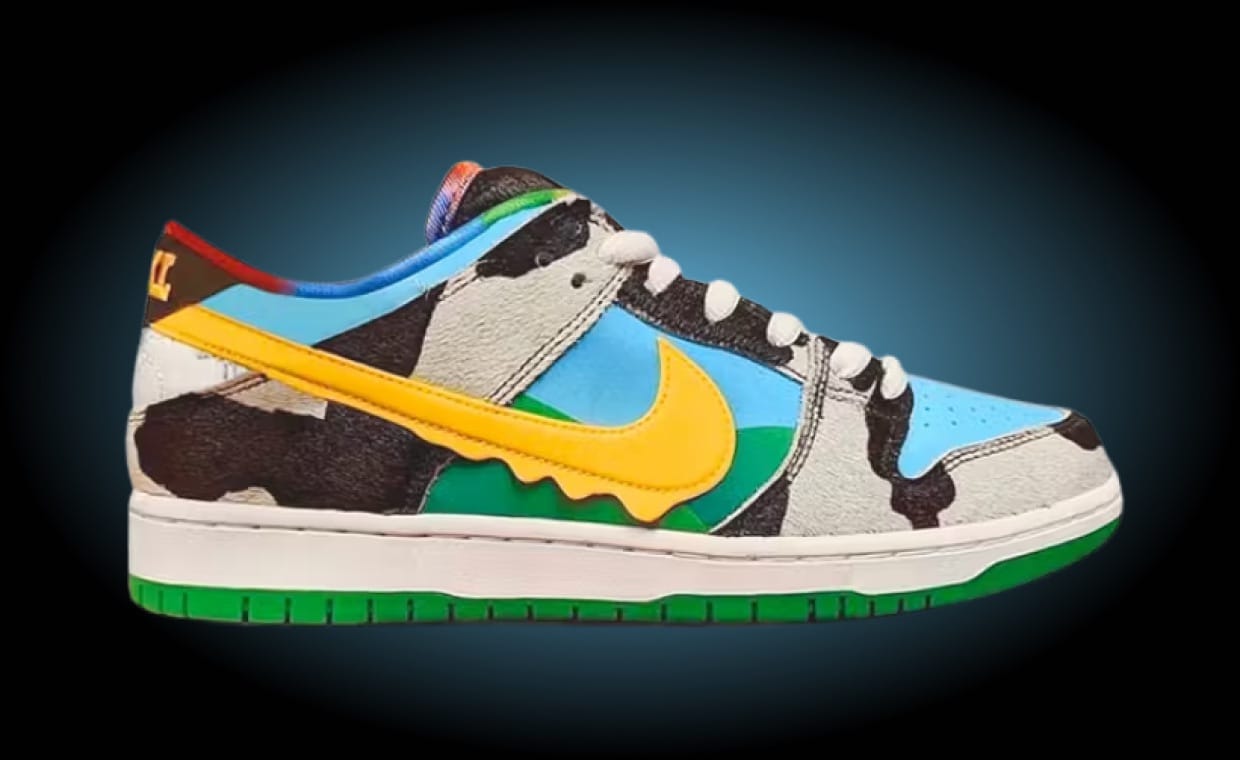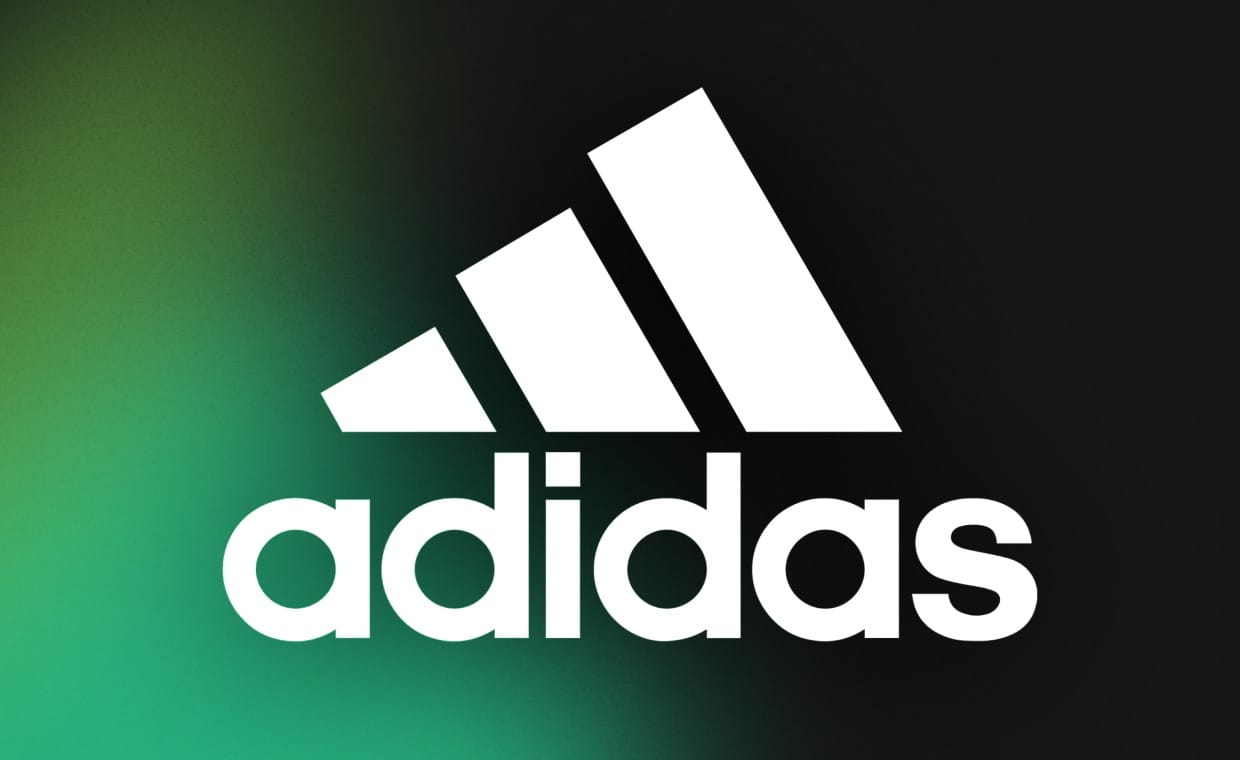Nike Unveils AI-Driven A.I.R. Prototype Sneakers with 13 Elite Athletes
Published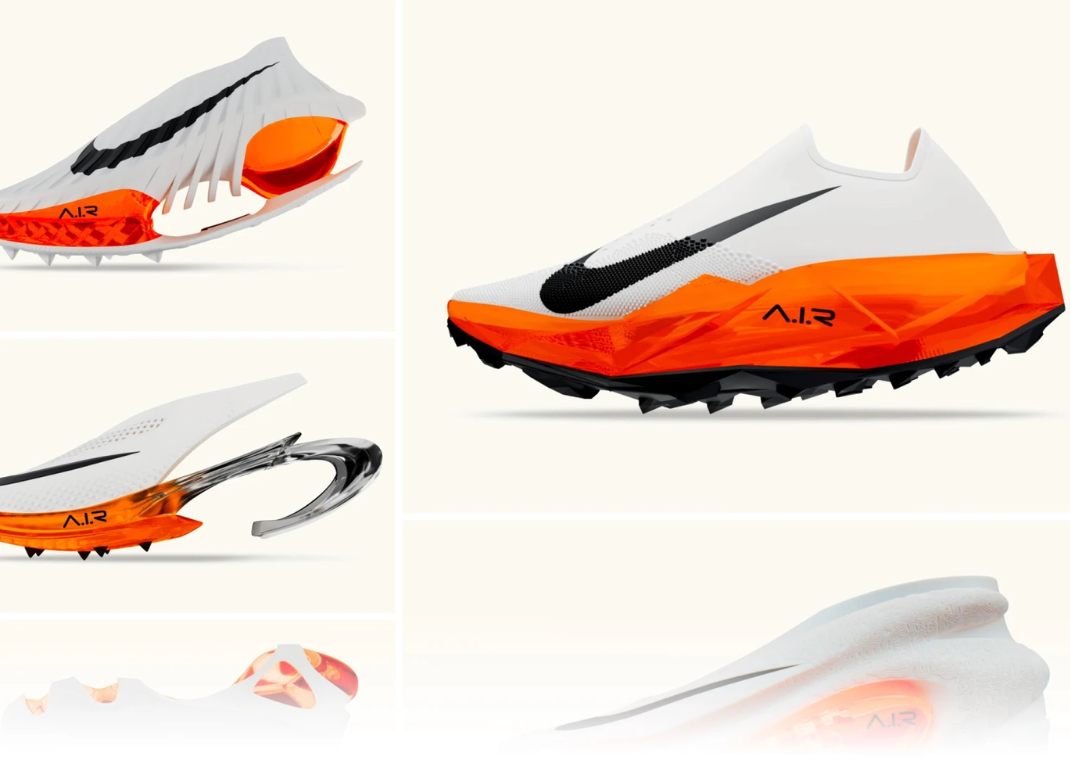
While Nike has consistently been at the cutting edge of athletic gear innovation, the brand and outsiders have realized they need to catch up in innovation. Combating this, Nike has launched an innovative new project, the Athlete Imagined Revolution (A.I.R.). This initiative marks a groundbreaking collaboration between Nike's top designers, innovators, and thirteen of the world's premier athletes, including basketball phenomenon Wembanyama, track star Sha'Carri Richardson, and soccer icon Kylian Mbappé. Together, they are exploring the furthest reaches of what can be achieved with Nike Air technology, driven by the latest advancements in artificial intelligence.
A.I.R. is not just another design project; it represents a paradigm shift in how athletic footwear is conceived and created. The project leverages the collective genius of Nike's creative teams and the direct input from athletes to push the boundaries of Nike's iconic Air technology. The goal is to continually reinvent and progress, ensuring that the technology never reaches a final form but evolves with the needs and dreams of athletes worldwide.
John Hoke, Nike’s Chief Innovation Officer, encapsulated the project's ethos, stating, "For these prototypes to be successful, they must stir emotions. They must evoke a sense of awe for what lies just beyond the horizon, an optimism for the future." He emphasized that Nike Air, a technology nearly half a century old, is still only scratching the surface of its potential. The new prototypes are a testament to the limitless possibilities that lie ahead.
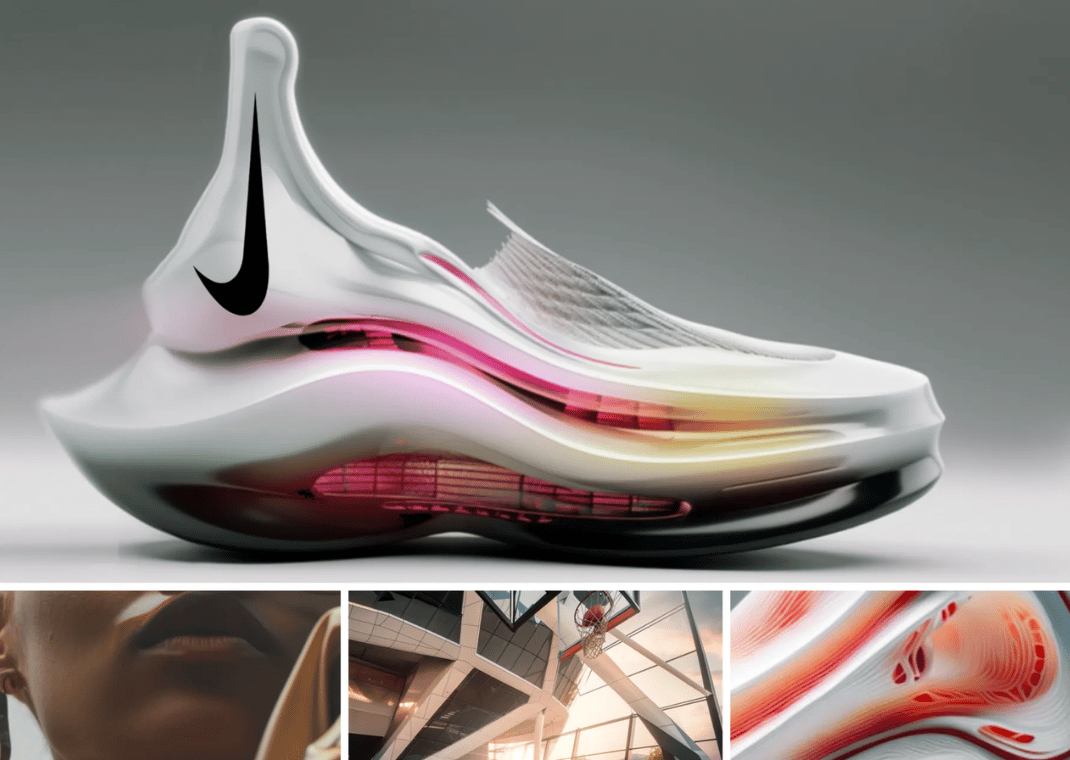
The first phase of Nike's ambitious A.I.R. (Athlete Imagined Revolution) project, dubbed "Inform and Inspire," began with teams of innovators forming around 13 elite athletes from diverse sports, including track, global football, basketball, and tennis. The cornerstone of Nike's approach was to deeply understand each athlete, engaging them with probing questions ranging from their aesthetic preferences to deep connections with their backgrounds and inspirations. This initial interaction was crucial for shaping the direction of the footwear designs.
Roger Chen, Nike's Vice President of NXT, Digital Product Creation, emphasized the "athlete's truth" concept—an almost spiritual or cellular understanding of what athletes need to perform at their best. This understanding goes beyond the physical specifications of a shoe; it encompasses an athlete’s entire essence, from confidence to comfort in their gear. According to Chen, capturing this essence is a data point that cannot be easily quantified but is vital for true innovation.
Nike used artificial intelligence to synthesize and expand upon the insights gained from these deep dives with athletes. The AI generated hundreds of visuals per athlete, creating a rich repository of inspiration that could drive the design process forward. Chen described this use of AI as turning months of creative groundwork into instant results, likening AI to "a sharper, more intelligent pencil" still controlled by the designer's hand.
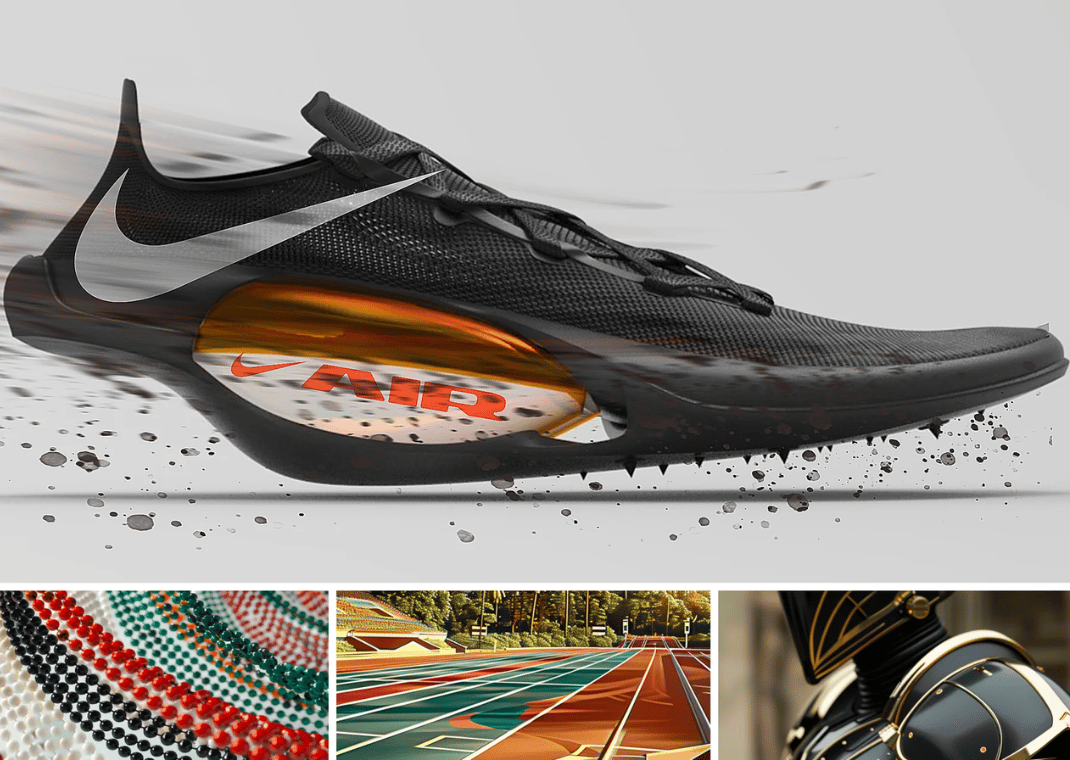
From these AI-generated concepts, Nike's teams distilled three radical shoe designs per athlete, each representing a new expression of Nike Air technology. However, the challenge was significant; the designers sometimes had to counteract counteract the AI's bias towards fluid, organic interpretations of Air to ensure each concept was unique and aligned with the athlete's vision and requirements.
The real test of these initial designs came with athlete feedback. For instance, marathon legend Eliud Kipchoge provided crucial input on the practical aspects of his prototype, highlighting potential issues like debris collection that designers still needed to consider. Similarly, sprinter Sha'Carri Richardson sought a design emphasizing grace and harmony, pushing back against more aggressive, utilitarian concepts.
As these feedback sessions informed the refinement process, the designs evolved significantly. The team at Nike employed advanced tools like immersive 3D sketching, computational design, and traditional hand sketching to shape the prototypes further. For instance, Paralympian tennis player Diede de Groot required a shoe that could integrate seamlessly with her wheelchair. This request led to a unique design where Air technology was adapted to meet specific needs for support and containment.
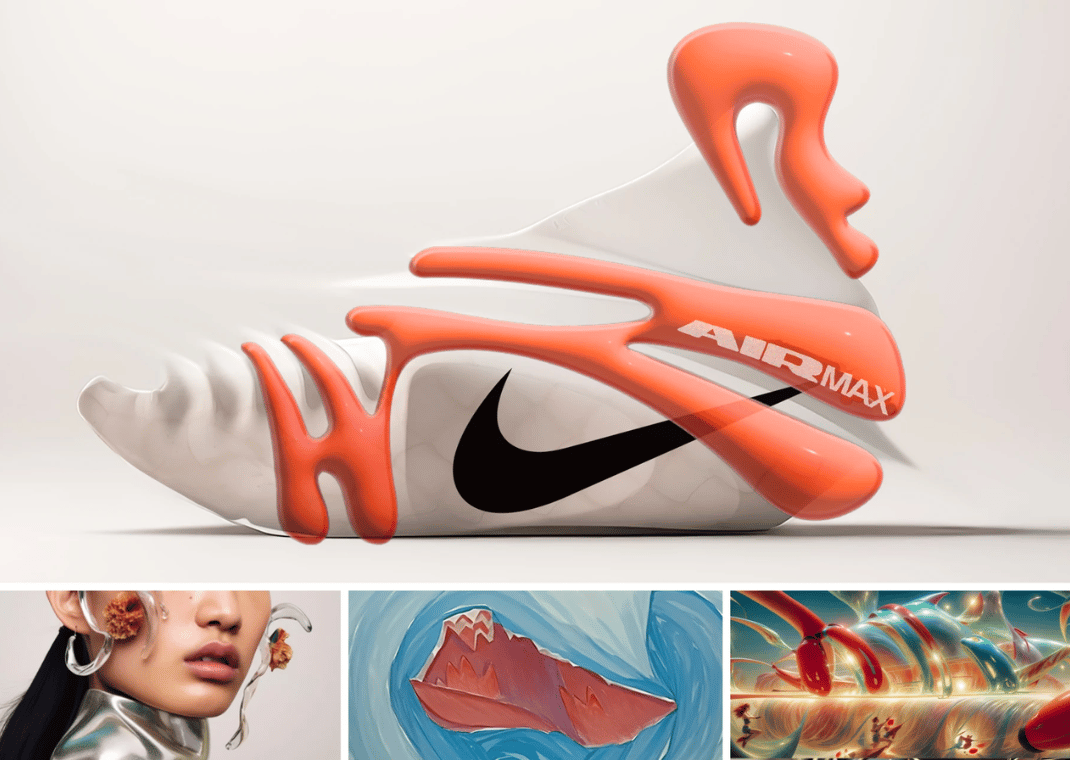
In another case, tennis pro Zheng Qinwen’s shoe incorporated elements of her Chinese heritage, featuring a coiled dragon design for aesthetic and functional purposes. The precision required to align the dragon scale traction with the underlying Air unit geometry highlighted the meticulous nature of Nike's design process, supported by computational design and extensive wear-testing.
Roger Chen praised the collaborative atmosphere of the project, noting the synthesis of different disciplines and techniques as a hallmark of Nike's innovative spirit. This phase of the project showcased not only the technological prowess of Nike's facilities, from rapid 3D printing to specialized Air molding machines, but also the company's dedication to creating products that are both visionary and intimately connected to the needs and identities of the athletes they are designed for.
The A.I.R. project sets a new standard for how athletic gear is designed and perfected. Nike's commitment to blending sophisticated AI with deep, personal athlete engagement promises a future with boundless potential for innovation. As John Hoke succinctly put it, "There’s no going back. Form and function—meet fantasy." This ethos captures the imagination and signals an exciting, uncharted future for Nike and its athletes worldwide.
Expanded Designs for Nike's A.I.R. Project Athletes
Victor Wembanyama
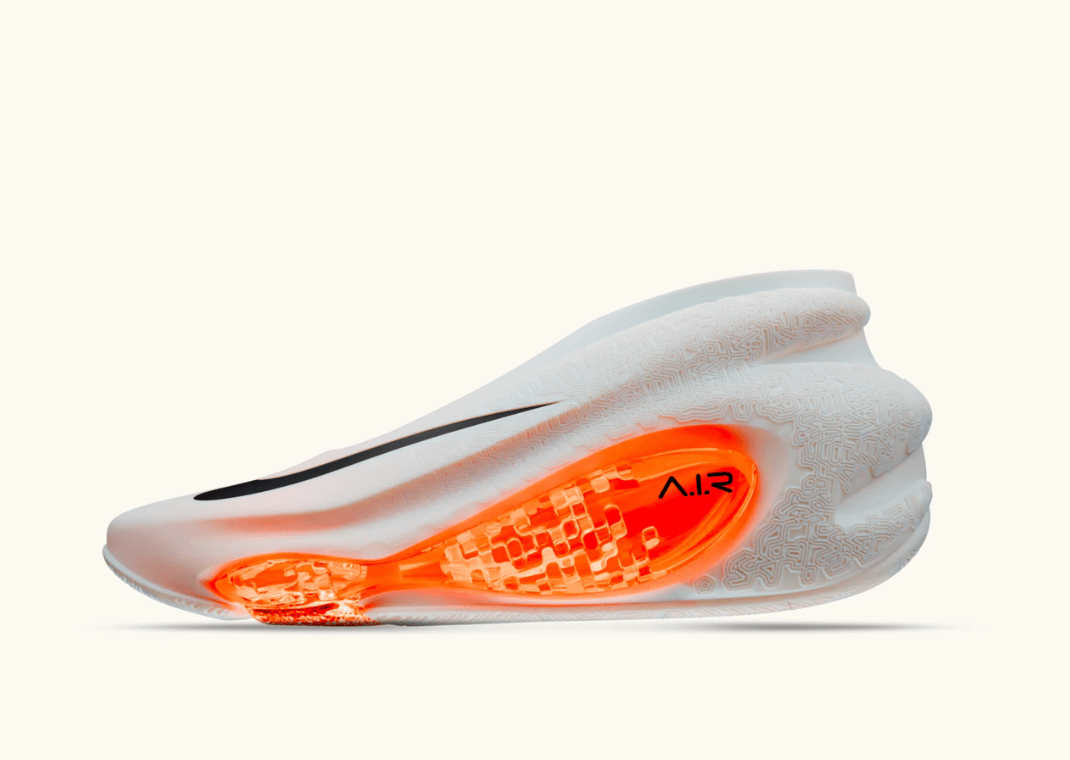
Victor Wembanyama's basketball shoes are tailored for a sensation of low-ground contact, reflecting his preference for a barefoot feel. The design incorporates a lateral Air unit for stability and responsiveness, essential for basketball's fast-paced, dynamic nature. The unit's fractal design, inspired by his interests in science fiction and jewelry, adds a personal and futuristic touch.
A’ja Wilson
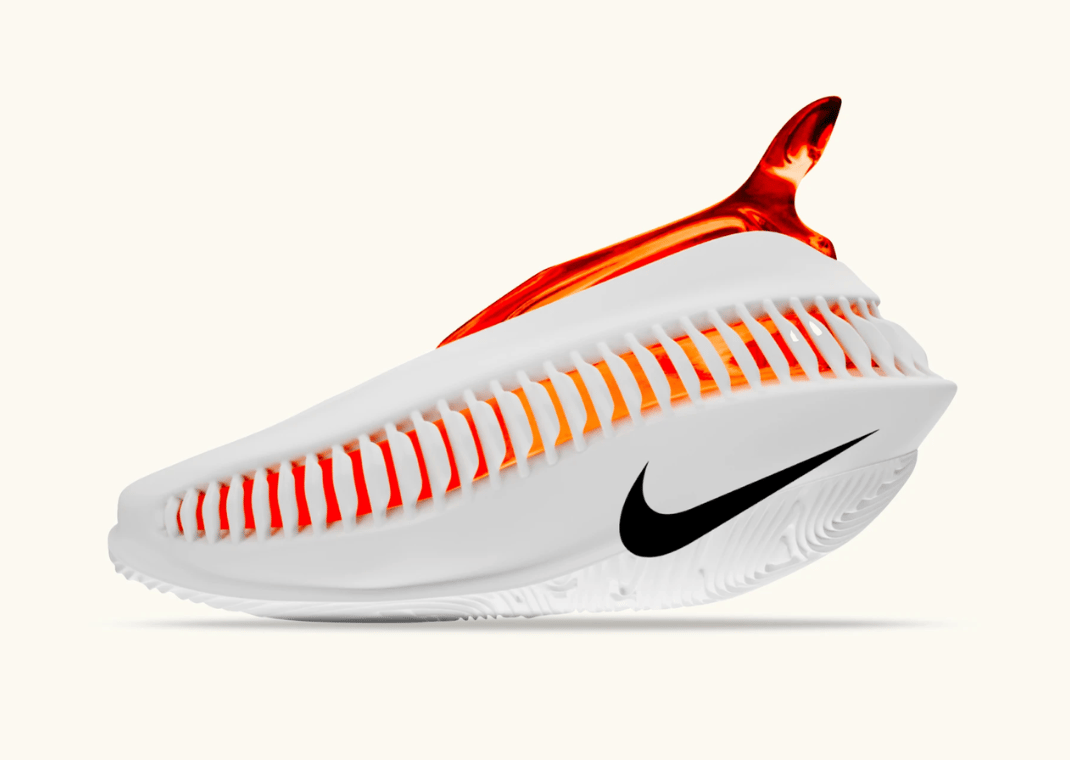
A’ja Wilson's basketball shoes are designed to support her dynamic playstyle, accommodating rapid and unexpected movements on the court. The Air unit is strategically placed to support and facilitate her agile maneuvers. The slits on the upper part of the shoe expand during movement, revealing the Air design in a way that visually captures her quick, graceful style, embodying her ability to surprise and outmaneuver opponents.
Dina Asher-Smith
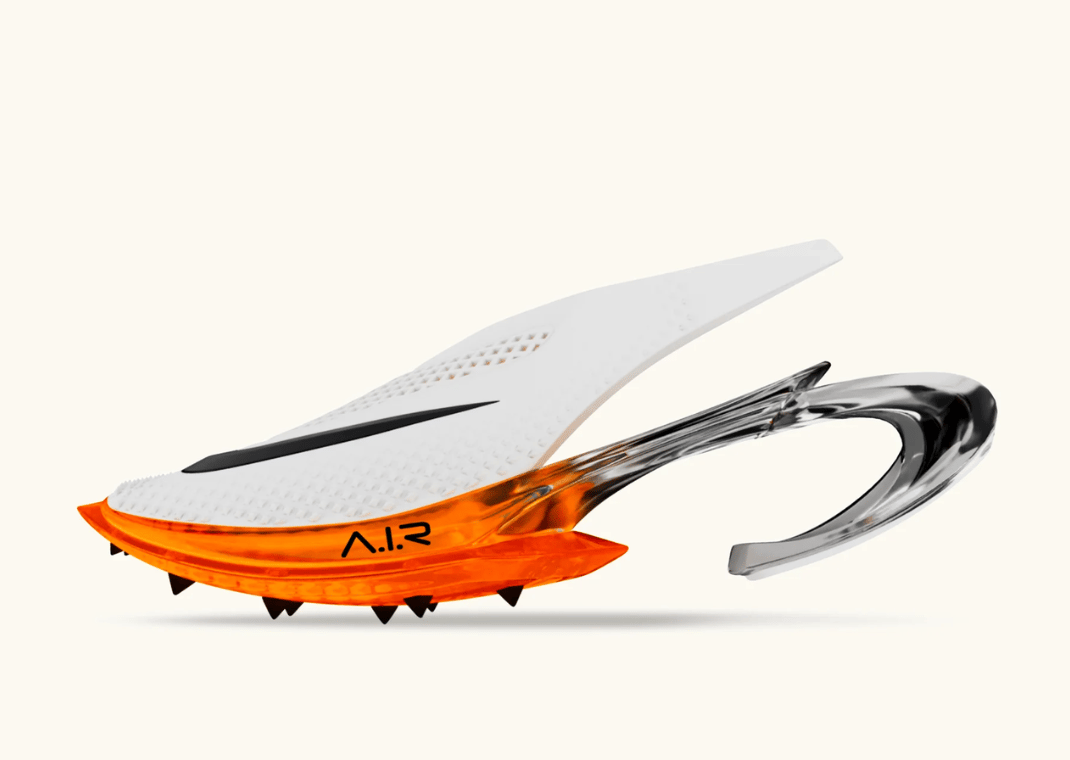
Dina Asher-Smith’s sneaker design intricately blends the aesthetics of high fashion with the demands of high-performance sprinting. The sleek forefoot Air unit, engineered for optimal stability and responsiveness, supports rapid acceleration and speed maintenance. This unit is ingeniously placed under a sport-mesh upper that combines breathability with a stylish silhouette. The removable TPU heel clip draws inspiration from high-fashion slingback heels. It offers a unique detachable mechanism that enhances her agility right from the starting line, embodying a fusion of elegance and speed.
Rai Benjamin
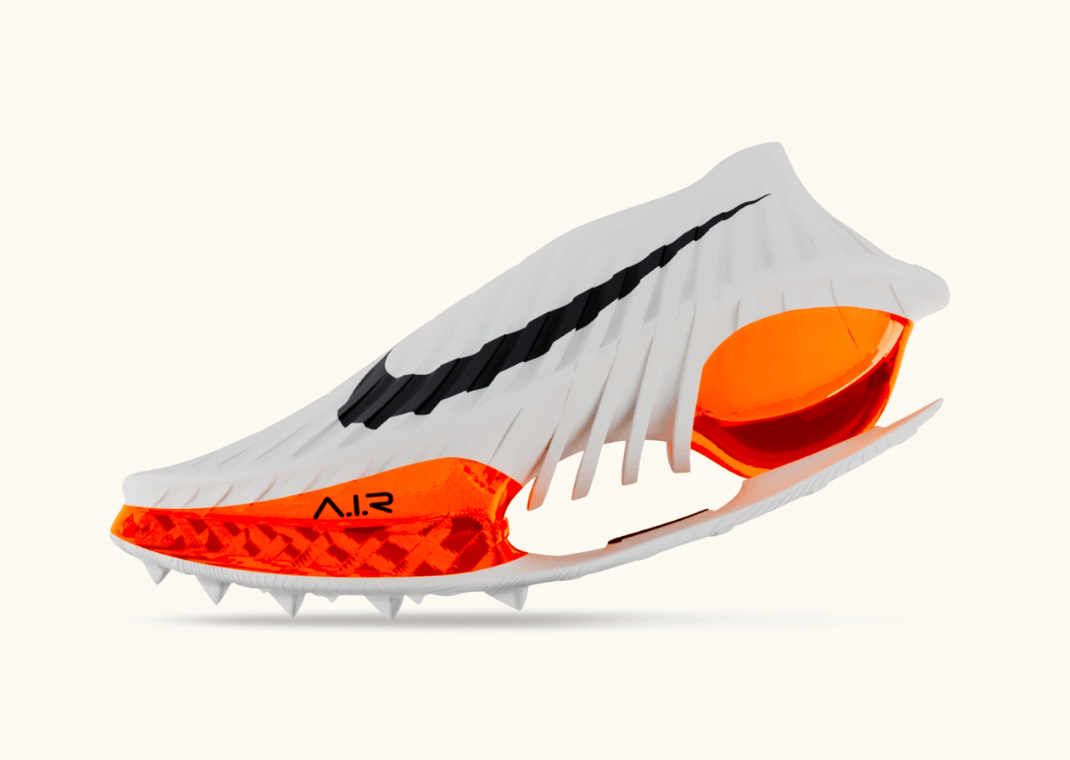
Rai Benjamin's track spikes integrate elements from his interest in cycling to enhance his hurdling performance. The design includes strategically placed Air units at the forefoot and heel, connected by a ribbed, hurdle-inspired midfoot plate that acts like a spring to propel him forward. This setup mimics the bicycle suspension, absorbing the shock from hurdling while providing powerful thrust. The dual-density Air configuration on the right spike adapts to the demands of turning on the track, ensuring stability and balance during critical race moments.
Diede de Groot
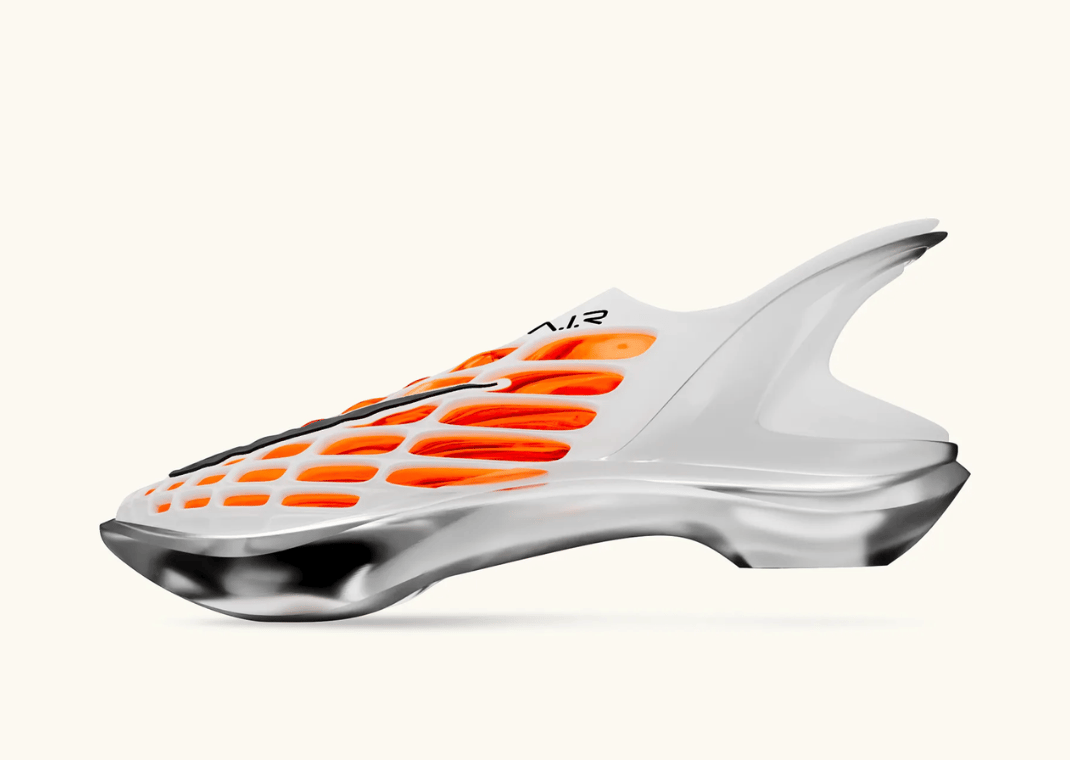
The design for Diede de Groot focuses on mobility and ease of use, which is crucial for her dynamic style in wheelchair tennis. It features robust internal containment within the upper to stabilize and support her feet during rapid, multidirectional movements. The heel incorporates Nike’s Flyease technology, allowing for quick and easy access, a critical feature for athletes who need to manage equipment and mobility independently. The underfoot clipping mechanism provides a secure, quick attachment to her wheelchair, merging functionality with the innovative spirit of Air technology.
Erling Haaland
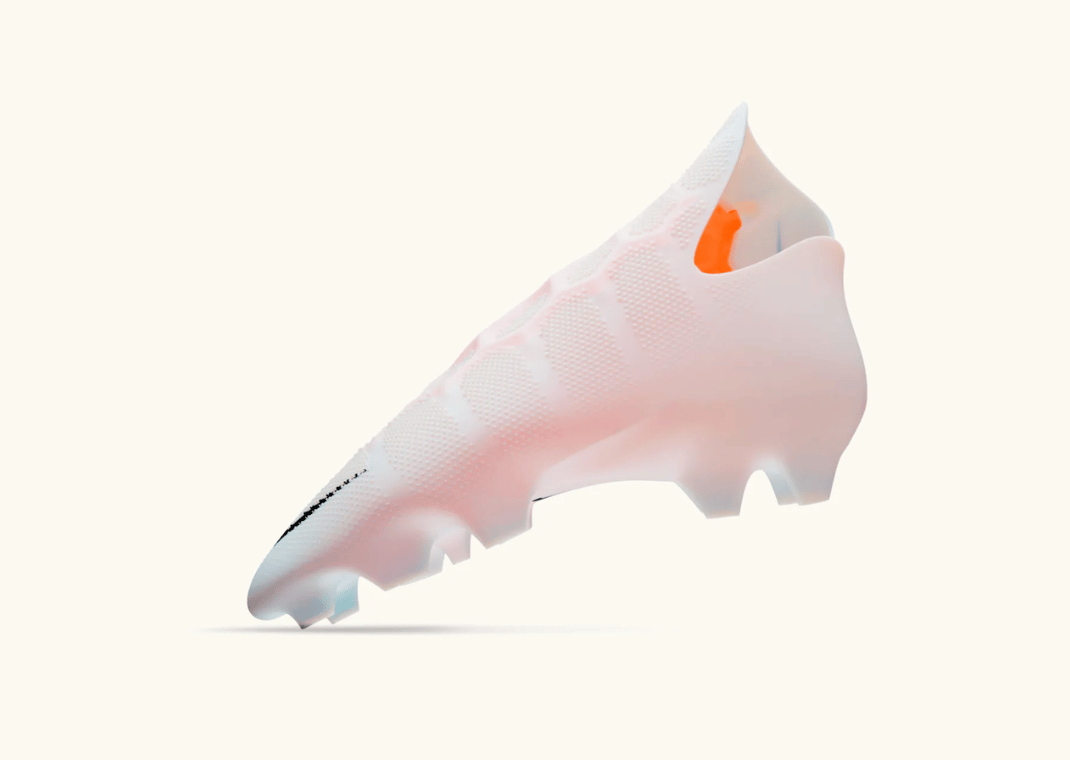
Erling Haaland’s footwear design captures the kinetic energy of a soccer strike. The Air pattern on the upper simulates the dynamic curvature of the foot at the moment of hitting the ball, enhancing the transfer of force. This design supports the biomechanics of a powerful strike and visualizes the explosive impact through its aesthetic. The shoe's structure is tailored to maximize responsiveness and power, mirroring Haaland's reputation for precision and force on the field.
Sam Kerr
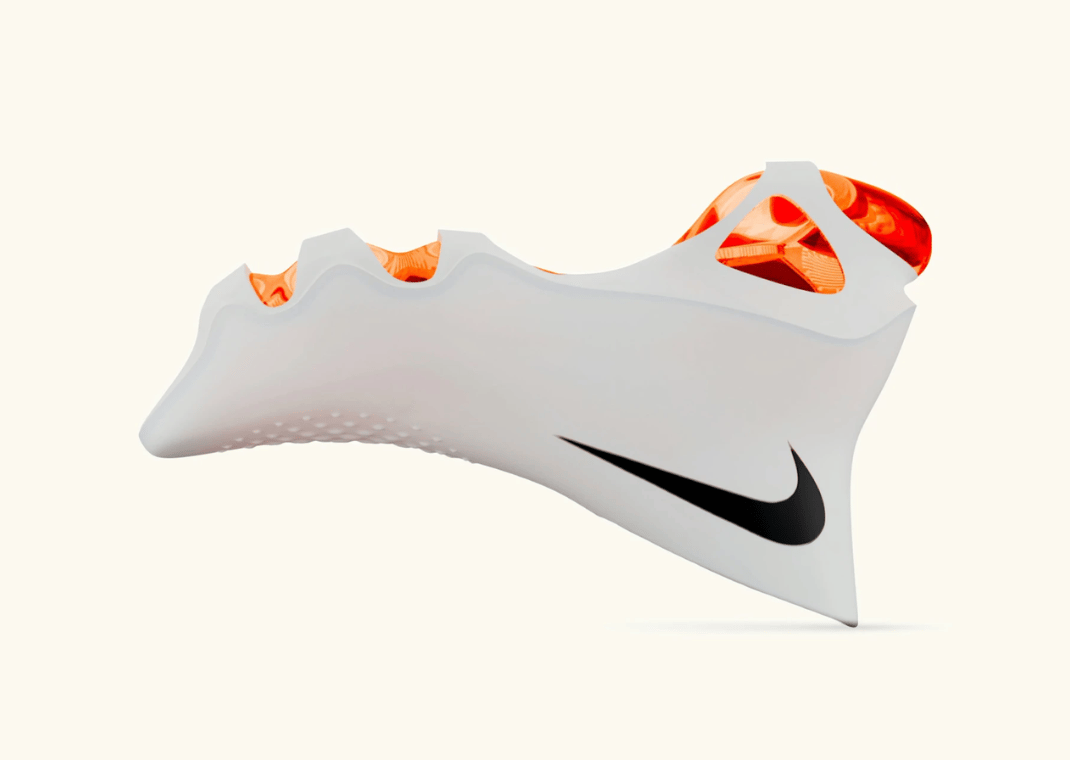
Sam Kerr's design celebrates her playful spirit and formidable skills on the soccer field. The prominent Air units at the heel and forefoot are designed to maximize energy return, providing the bounce needed for her athletic play and celebratory backflips. Adding micro-textures on the forefoot improves ball control, which is crucial for precision in play. The distinctive upside-down Swoosh adds a unique stylistic element, symbolizing her unconventional approach and flair.
Eliud Kipchoge
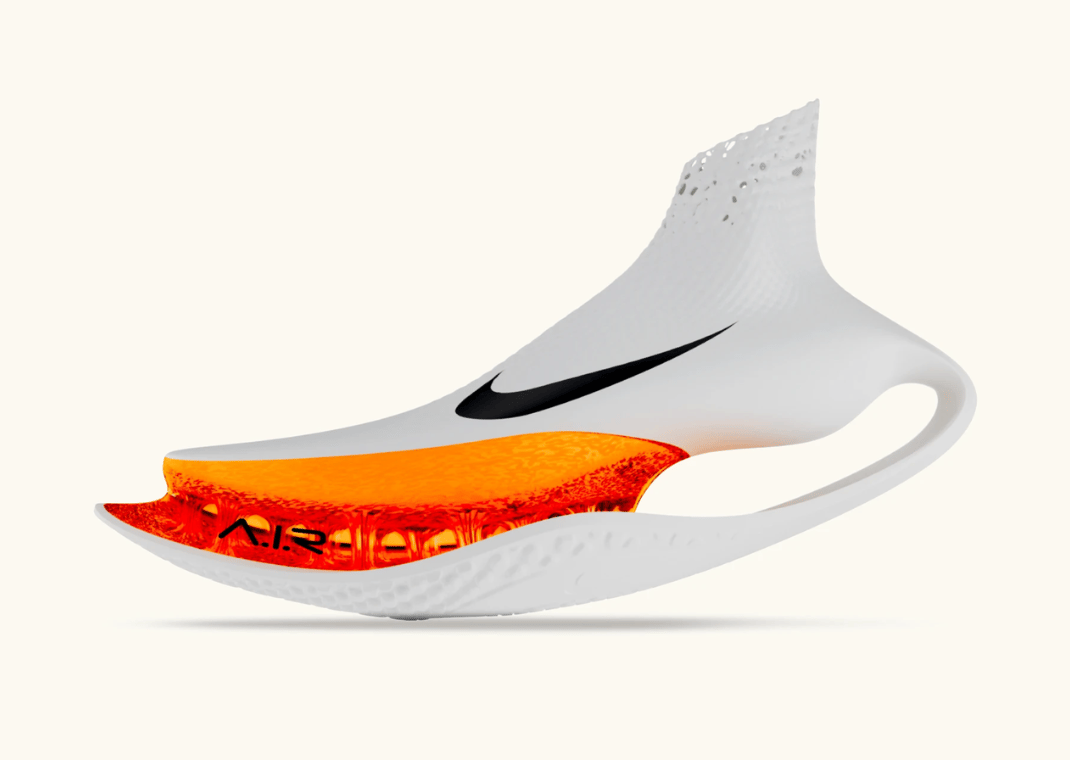
Eliud Kipchoge's design philosophy marries advanced technical elements with a connection to natural forms. The visible Air unit in the forefoot, integrated with sap-like tensile fibers, provides targeted cushioning that mimics natural resilience. The rocker design of the beveled heel facilitates a smooth transition during long-distance runs, reflecting insights Kipchoge contributed from his experience with Nike's Alphafly sneakers.
Faith Kipyegon
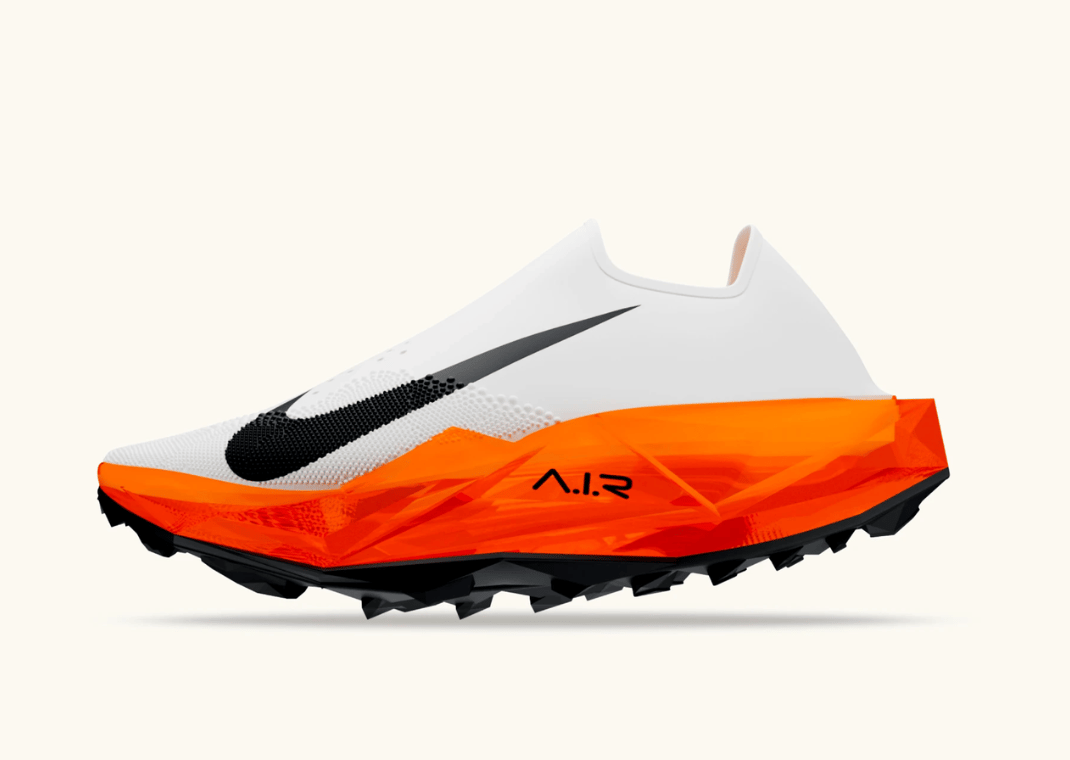
Faith Kipyegon's design caters to her love for the ruggedness of trail running, which is adapted for track performance. The full-length Air provides a supportive, responsive ride capable of handling abrupt changes in movement or environment. The outsole features rugged lugs for superior traction and mud release, while the upper secures the foot with a snug, bootie-like fit. Computationally designed beaded textures inspired by a personal bracelet add a personal touch that reflects her heritage and personal story.
Kylian Mbappé
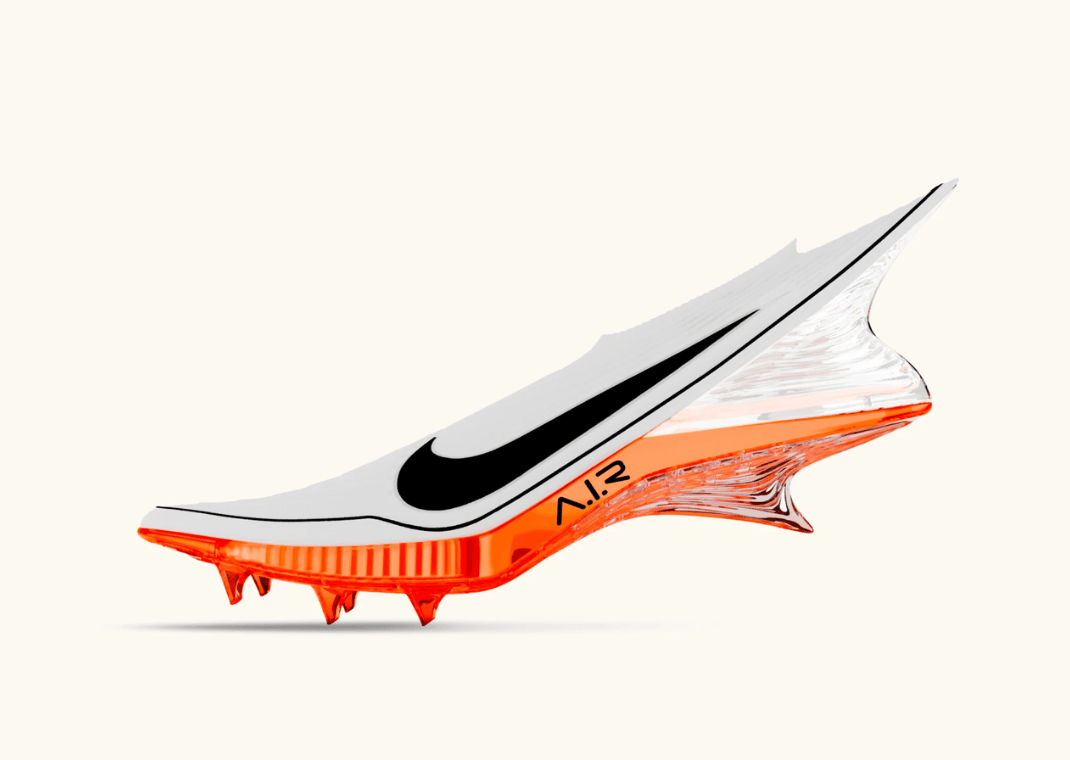
Kylian Mbappé's shoe design is all about speed, drawing parallels with the aerodynamic features of track spikes and fighter jets. The full-length Air unit embedded through the sole ensures swift, responsive movements that are critical for a footballer known for his explosive speed. The traction pattern is meticulously designed for optimal grip and acceleration, enabling Mbappé to maintain his competitive edge on the pitch.
Zheng Qinwen
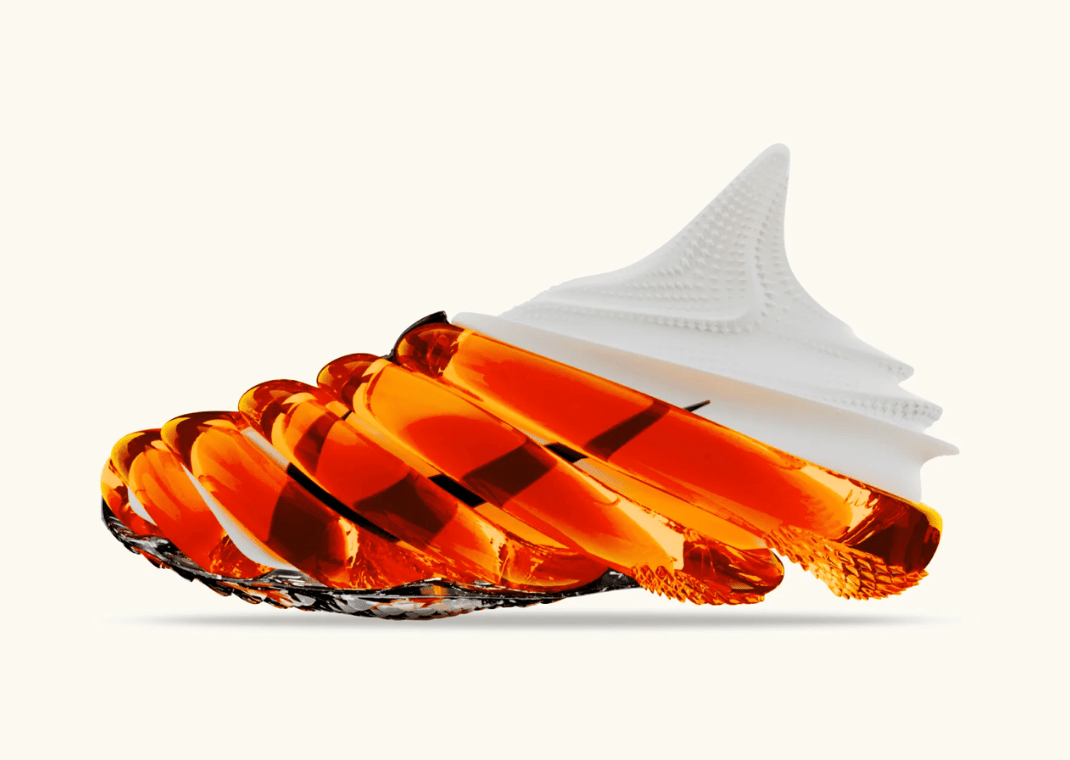
Zheng Qinwen’s tennis shoes feature an all-encompassing Air unit that wraps around the forefoot and midfoot, sculpted in a serpentine pattern that nods to the Year of the Dragon. This design provides exceptional lateral stability and incorporates cultural heritage into its aesthetics. The dragon scale pattern on the traction elements ensures durability and grip, which is essential for the high-stakes lateral movements common in tennis.
Sha’Carri Richardson
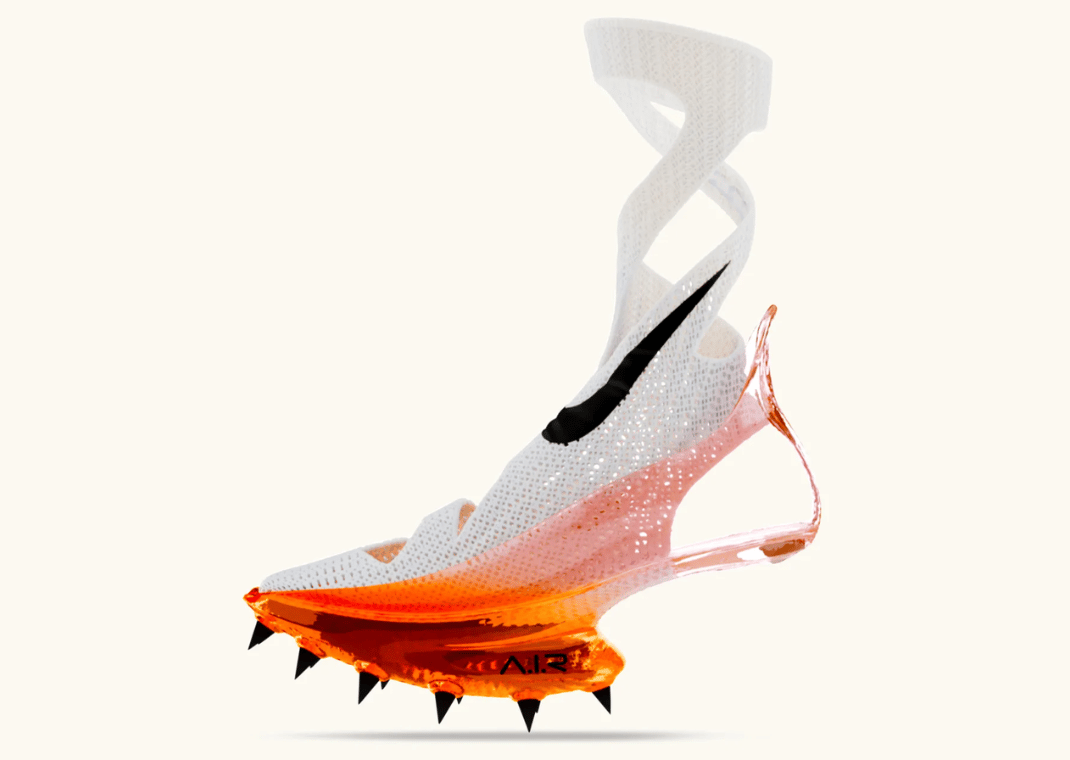
Sha’Carri Richardson's spikes are crafted to embody confidence, relentlessness, and grace. The forefoot Air unit, fading from a bold Total Orange to a subtle clear shade, symbolizes the seamless integration of the athlete with her gear. The upper transitions into a double-helix pattern, enhancing the visual flow and providing a snug fit, which parallels the dynamism and elegance of her sprinting style.
Vinicius Jr.
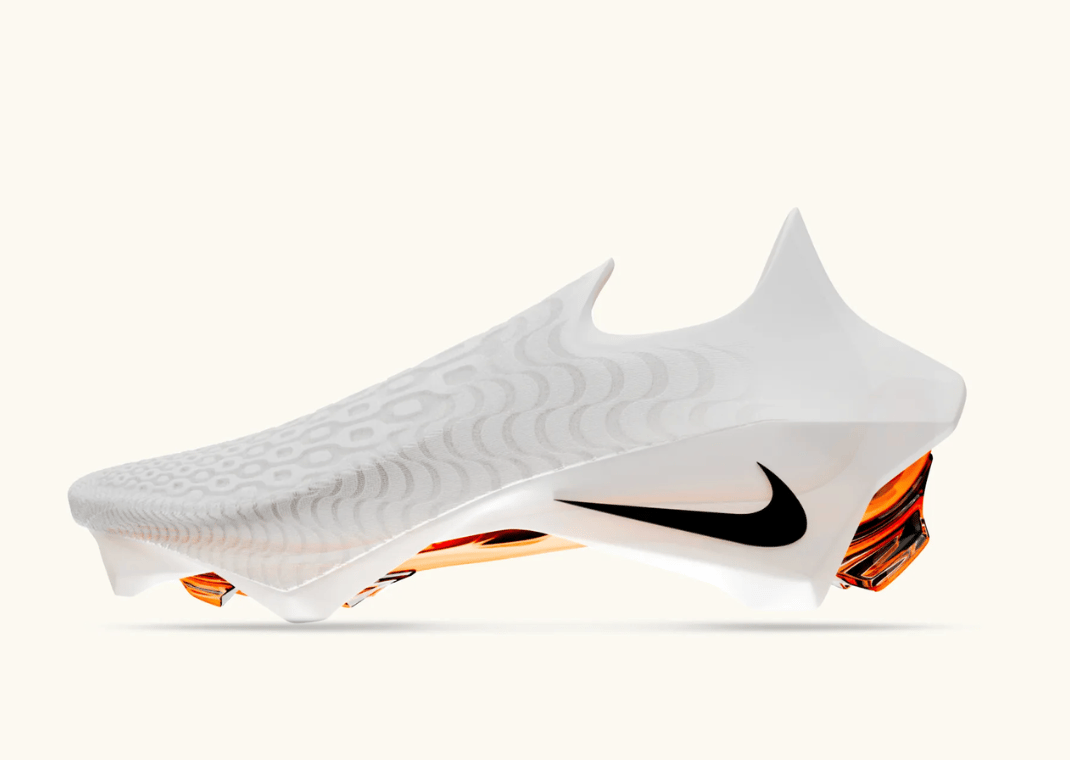
Vinicius Jr.'s design is optimized for the electric pace of professional football, with a sleek Air unit that enhances his natural speed and agility. The strategically slanted studs offer improved maneuverability, which is crucial for rapid, agile movements and turns. The computational pattern on the upper fortifies the regions most subjected to wear and stress, ensuring durability while maintaining optimal ball control.
Stay updated on future releases and more in the sneaker and streetwear world by downloading the Sole Retriever mobile app.
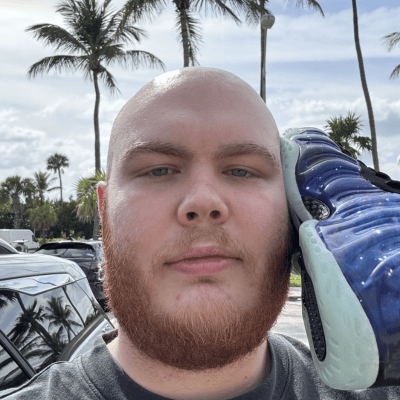
Sneakerhead from South Florida who turned his passion into a career. When not writing for Sole Retriever, I enjoy attending concerts, catching the latest movies, and trying new food. Email: nick@soleretriever.com


